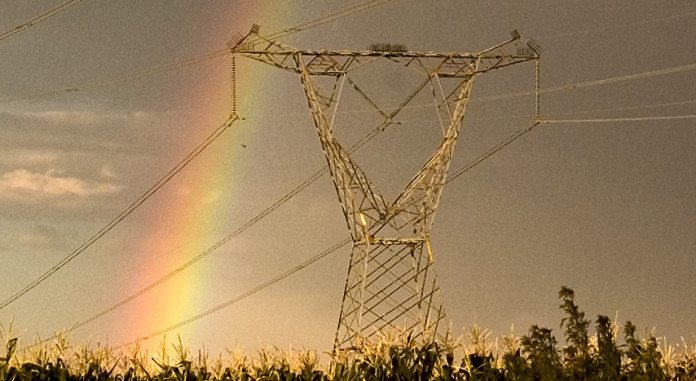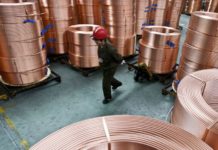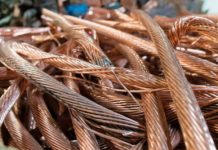
SOUTH32, created from the unbundling of BHP Billiton’s non-core assets, delivered some pleasant surprises for investors in August, cutting costs $386m in its first year against a three year $350m target, and paying a one US cent per share dividend.
Coming off difficult times in the mining sector, this is exactly the kind of narrative that investors like: frugal, a strong balance sheet, and delivering some yield as Macquarie noted at the time: “South32 remains our preferred exposure to SA diversified miners,” it said.
“The company is poised for cautious value creation through moderate margin expansion should it deliver further cost-cutting initiatives in 2017 financial year,” it added. Yet how the company fares when the commodity market turns again towards growth will be another question.
Graham Kerr, CEO of South32, has so far only cut back, especially in South Africa where he scaled back the manganese mines in the Northern Cape. He also said at a recent media round table attended by Miningmx that he didn’t plan on investing in more coal as investment tastes had turned against it.
“We will invest in our South African coal assets because half of our production is supplied domestically. But we wouldn’t look for new coal investments as it’s not worth it for the investor exposure,” he said.
There are also plans to sell or close Cerro Matoso, its nickel operations in Colombia whilst the future of its Hillside aluminium operations in KwaZulu-Natal is also a topic for some conjecture.
The issue at hand with Hillside is the electricity contract which sees the smelter receive a lower energy price when the price of aluminium falls on the London Metal Exchange, a 25-year sliding scale contract that dates from about 1995.
Eskom is not fond of the agreement. At the time of its framing, electricity supply was abundant and Eskom was in a strong financial position, but the situation today is quite different. Increases in the price of electricity supplied to Hillside can be volatile and show up in the utility’s books as an embedded derivative. It would like to revisit the contract when it expires in 2020.
The question, however, is whether the contract does expire in 2020.
The view of South32 is that since it the contract was written a third potline has been added to Hillside with a similar sliding contract which doesn’t expire until 2028 and since the first two potlines at Hillside aren’t viable without the third, the question is whether every potline’s energy contract should not be extended.
Eskom is currently distracted by a number of other issues in both the realm of economics and politics, but when it does get around to the issue of Hillside’s power contract, it may point to the rand-based fixed electricity contract signed for South32’s Mozambican aluminium smelter Mozal in 2003.
Said Mike Fraser, head of South32’s South African operations: “If you don’t get a reasonable power contract one of the big risks is you don’t get placed in the right part of the cost curve. You then actually have quite a lot of cash flow risk.
“You have to get a reasonable power contract to place you in the right part of the cost curve because even if you say it’s affordable today you could be creating a lot of shareholder exposure if you have a price that’s not reasonable”.











